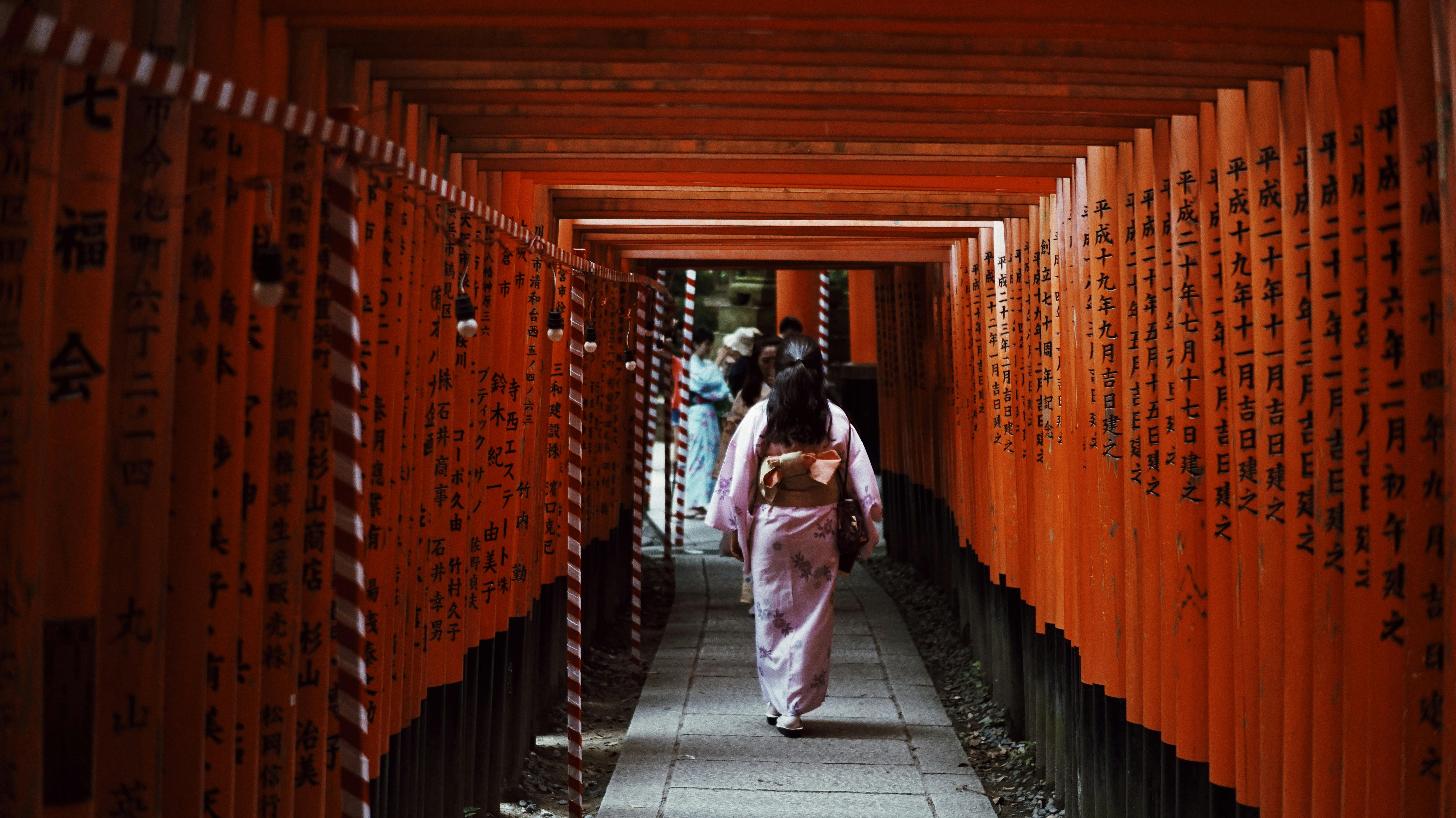
Discover the History and Beauty of Nagasakis Sacred Shrines
Discover the History and Beauty of Nagasaki's Sacred Shrines
Introduction
Nagasaki, located in southwestern Japan, is a culturally rich city with a long and varied history. It was once a crucial trading port for foreign merchants, but it is also the site of significant events such as the tragic bombing in 1945. Nagasaki is home to numerous shrines and temples, each with its unique architectural style and cultural importance. In this article, we will explore some of Nagasaki's sacred shrines and what makes them so special.
Suwa Shrine
Suwa Shrine is located in the heart of Nagasaki and is one of the city's oldest and most revered shrines. It was founded in 1623 and was dedicated to Konohana Sakuyahime, the Shinto goddess of Mount Fuji. The shrine was constructed in the distinctive Nagasaki-zukuri style, which blends traditional Japanese architecture with Chinese and European influences.
Suwa Shrine is also known for its annual festival, the Nagasaki Kunchi Festival, which takes place in autumn and has been designated as an Intangible Cultural Heritage by UNESCO. During the festival, elaborate performances are conducted that feature drumming, dancing, and ornately decorated floats.
Sofukuji Temple
Sofukuji is a rare example of a Chinese-style Buddhist temple in Japan. It was built in 1629 by Chinese immigrants who settled in Nagasaki and was designed to resemble the Temple of Confucius in Qufu, China. The temple is famous for its ornate architecture, including its "dragon pillar," a massive wooden column carved with intricate dragon designs.
Sofukuji is also said to have a significant cultural influence in Nagasaki, as it was the center of the Chinese community in the city. The temple was designated as a National Treasure in 1951, making it one of the most important cultural sites in the country.
Kofukuji Temple
Kofukuji is a Zen temple that was established in 1620 by a priest named Ingen. The temple is renowned for its beautiful gardens and its impressive main hall, which was constructed in the distinctive Momoyama style.
Kofukuji also has a unique feature known as the "Bell of Nagasaki," which is said to be the largest temple bell in East Asia, weighing over 23 tons. The bell was cast in 1683 and has survived numerous earthquakes and wars over the centuries.
Conclusion
Nagasaki is a city with a fascinating history and culture, and its sacred shrines and temples offer a glimpse into its rich past. Visitors to Nagasaki can experience the city's unique blend of Japanese, Chinese, and European influences through its many cultural sites. Whether it's the ornate architecture of Sofukuji or the grandeur of Kofukuji's bell, each shrine and temple in Nagasaki has its unique beauty and significance.
